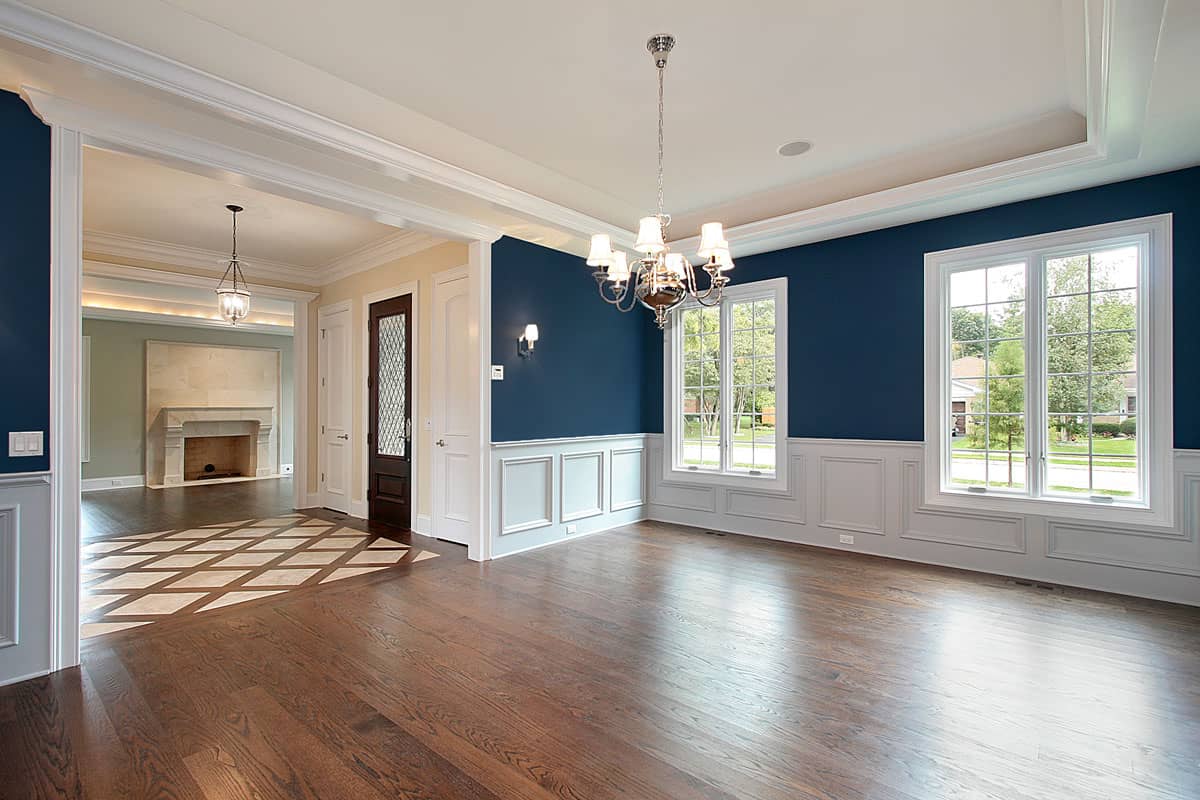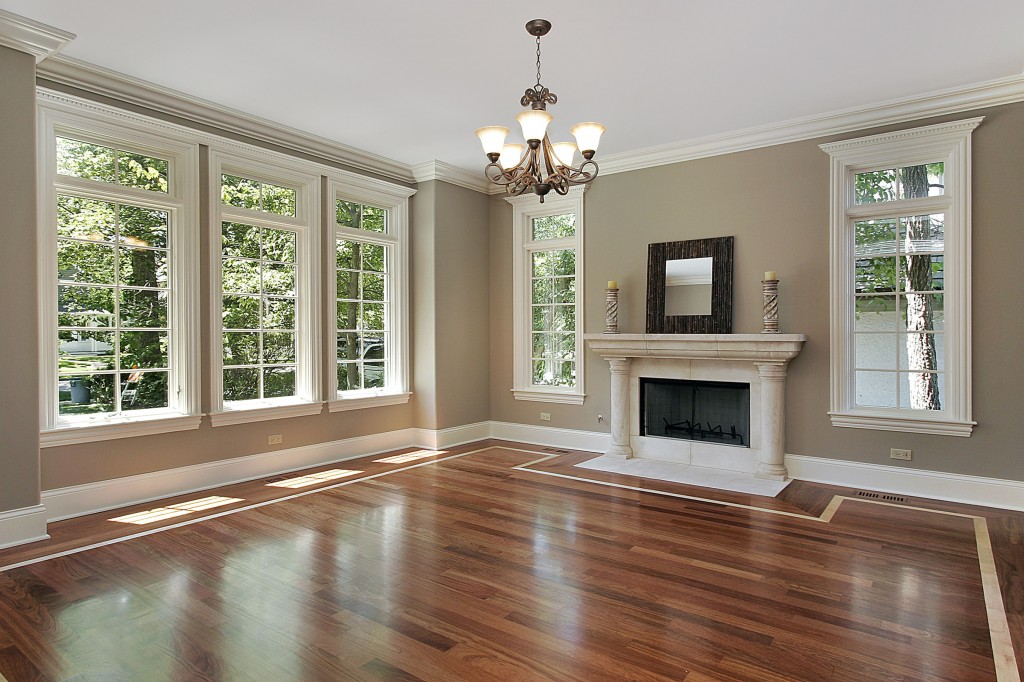Color Consultation in Lakewood: Expert Advice for Perfectly Coordinated Interiors
Color Consultation in Lakewood: Expert Advice for Perfectly Coordinated Interiors
Blog Article
Enhance Your Inside Style With Comprehensive Shade Examination
The integration of color consultation into interior decoration presents a distinct opportunity to refine and raise the emotional and aesthetic vibration of an area. By involving with an experienced color consultant, you can browse the intricacies of color option, guaranteeing that your selections not just enhance architectural attributes however additionally resonate with individual style and emotional impact. This strategic partnership can dramatically influence the general atmosphere of your environment, promoting a sense of harmony and objective. Understanding the nuances of this procedure is essential-- what key aspects should be considered to attain optimum results?
Advantages of Shade Consultation

In addition, color assessment help in maximizing natural light and enhancing spatial understanding. Lighter tones can make an area appear more expansive, while darker shades create an intimate setting. Cleveland Metro Painting Specialists. This calculated application of shade can dramatically affect the total setting of any interior space
Additionally, professional consultants possess a comprehensive understanding of present trends and timeless classics, guaranteeing that the selected colors will remain appealing over time. This insight can conserve customers from pricey redesigns in the future. Lastly, color assessment equips clients by providing them with a clear vision and instructions, cultivating self-confidence in their style choices and ultimately leading to an extra successful and satisfying interior decoration result.
Comprehending Color Psychology
The value of color psychology in interior style can not be overstated, as it dives into the psychological and mental effects that numerous shades can stimulate in individuals. Shades can influence state of mind, actions, and also performance, making them an important consideration in any kind of design task.
As an example, cozy colors such as red, orange, and yellow are usually related to power and warmth. They can boost feelings of exhilaration and comfort, making them appropriate for social spaces like living kitchen areas or areas. Conversely, great colors like blue, eco-friendly, and purple often tend to evoke peace and peace, making them optimal for rooms or meditation areas.
In addition, using neutral tones can produce a well balanced setting by allowing the bolder colors to attract attention without overwhelming the senses. Comprehending these emotional influences enables designers to produce rooms that not just look aesthetically pleasing but likewise advertise psychological health.
Incorporating color psychology into interior style entails a thoughtful option of hues tailored to the intended function of each space, eventually improving the general experience for its passengers. This recognition is crucial for achieving a functional and harmonious interior environment.
The Color Wheel Discussed
It consists of main shades-- red, blue, and yellow-- that can not be created by blending other colors. Tertiary shades result from mixing a primary and a second shade, leading to shades such as turquoise and red-orange.
The shade wheel helps designers realize the connections in between colors, consisting of complementary, comparable, and triadic systems. Complementary shades, positioned opposite each various other on the wheel, create lively contrasts that can energize an area.
Making use of the color wheel in interior layout not only improves visual appeal however additionally evokes particular feelings and atmospheres, making it a vital reference for color appointment. Understanding these connections eventually encourages designers to produce areas that are both visually fascinating and useful.
Selecting the Right Palette
A well-chosen color scheme can unify a room, boost its attributes, and stimulate preferred feelings. Different spaces serve diverse features and call for combinations that show their intended use; for circumstances, serene shades such as soft blues or eco-friendlies work well in bedrooms, advertising leisure.
Next, take into consideration the natural light readily available. Light can dramatically modify exactly how colors appear, so it is crucial to analyze the space at different times of the day. Additionally, take into consideration existing building elements and home furnishings. An unified palette needs to match these features, developing a natural look throughout the room.
When choosing shades, use the 60-30-10 rule, which recommends that 60% of the space must be a dominant shade, 30% a secondary shade, and 10% an accent shade. This ratio makes certain balance and aesthetic rate of interest (Cleveland Metro Painting Specialists). Ultimately, sample shades on the wall surfaces before devoting, as this allows you to see exactly how the hues engage with one another and the general setting they create in your interior decoration project.
Collaborating With a Shade Specialist

When collaborating with a shade expert, the procedure normally begins with an initial appointment. Throughout this conference, find out you'll review your vision, preferences, and the existing aspects in your space. The expert will assess your needs and might suggest details shade schemes that align with your objectives.
After developing an instructions, the professional will supply examples and visual help to help you envision the proposed shade systems. This action is vital, as colors can appear differently under varying lighting conditions.
In addition, a color expert can guide you in selecting corresponding furnishings, art work, and devices to balance with your selected palette. By working you could try this out together very closely, you can achieve a refined visual that raises your insides and develops an inviting ambience. Ultimately, the competence of a shade specialist can dramatically boost the total effect of your design project.
Conclusion
In summary, thorough shade assessment works as an essential device for boosting interior decoration. By leveraging specialist expertise of color psychology and spatial characteristics, a customized color combination can be created to stimulate details emotions and develop an unified atmosphere. This critical approach not only fosters a natural design narrative yet likewise reduces the danger of costly redesigns. Eventually, involving with a color consultant guarantees a notified and aesthetically pleasing end result, elevating the general experience of the room.
By involving with a skilled color expert, you can browse the intricacies of shade selection, making sure that your options not just complement building functions yet additionally reverberate with individual design and psychological impact. It makes up main colors-- red, blue, and yellow-- that can not be produced by mixing other colors.The color wheel helps designers grasp the relationships between colors, including corresponding, similar, and triadic systems.When picking shades, use the 60-30-10 use this link policy, which recommends that 60% of the area ought to be a dominant color, 30% a secondary shade, and 10% an accent shade. By leveraging professional understanding of color psychology and spatial dynamics, a customized shade combination can be developed to evoke specific feelings and produce a harmonious environment.
Report this page